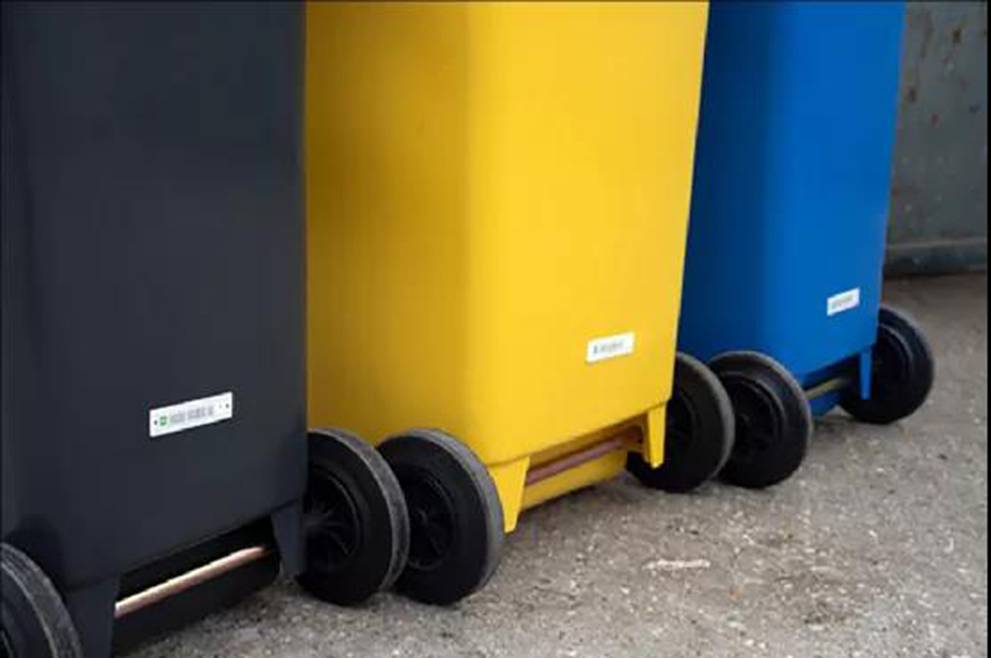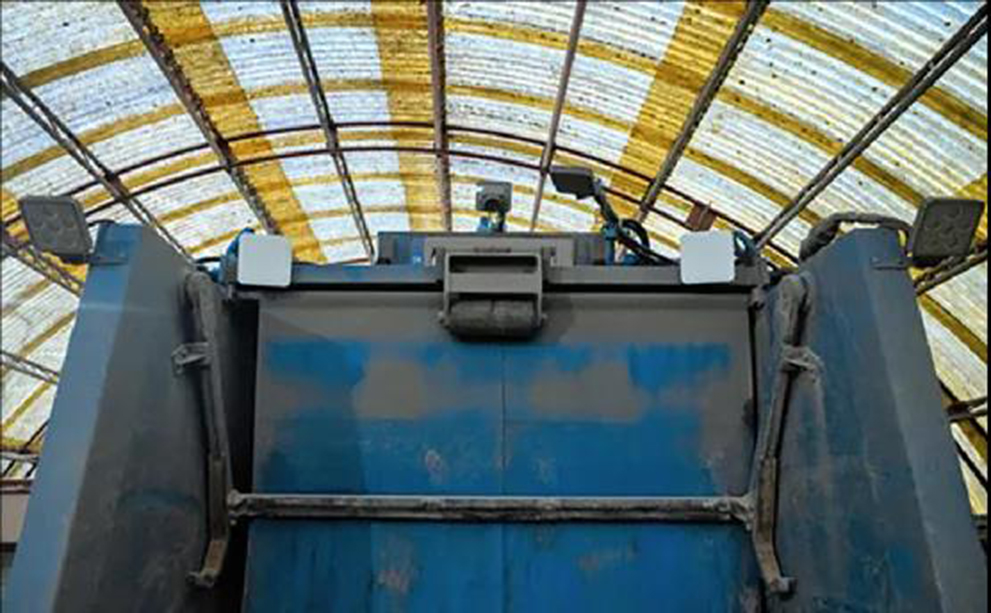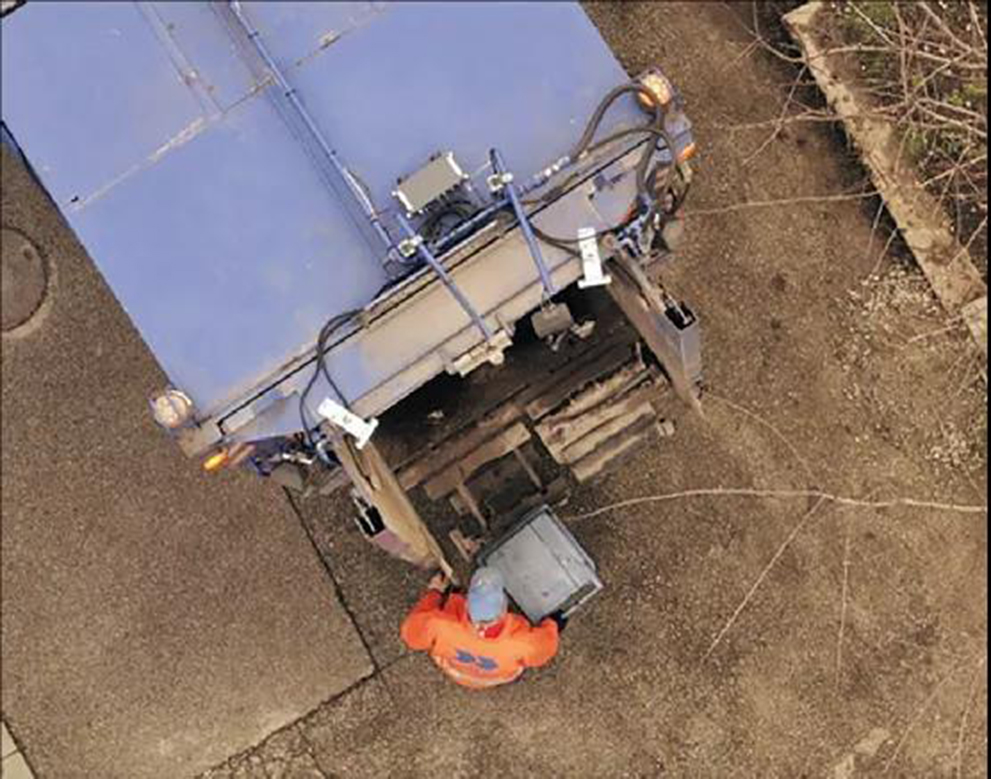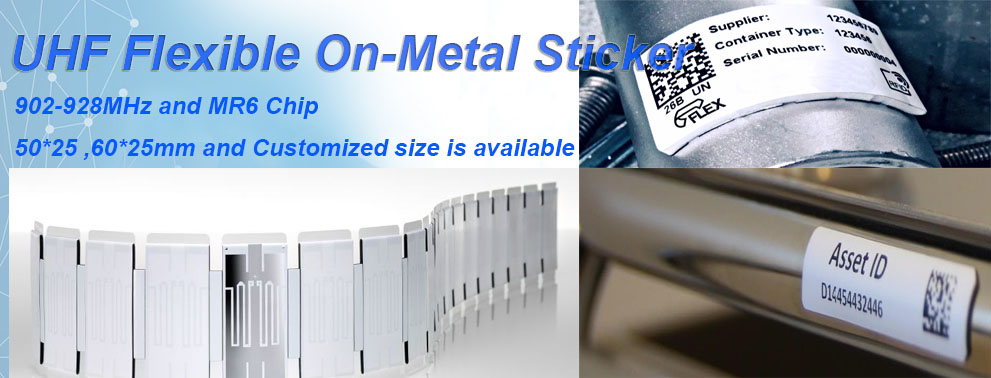Bratislava, the capital of Slovakia, plans to optimize its waste management planning and recycling efficiency through IoT solutions. The solution includes RFID technology, which can uniquely identify the trash can and its status and location; it also uses Sensoneo's WatchDog device to manage the truck service, and uses the relevant software platform to automatically capture the tag ID number on each trash can.
Sensoneo salesperson and project manager Tomas Vincze (Tomas Vincze) said that the solution can identify where each tag is read, thereby achieving data collection and management, optimizing routes, creating a “pay-as-you-go” system, and ultimately reducing Waste. The project first started with labeling the city’s trash cans and 92 trucks with IoT connections.

This summer, Vince reported: “We are trying to digitize this city with a reliable data connection, and we are working hard step by step.” Traditionally, like most cities, Bratislava’s garbage The bins only plan the garbage collection for each street and each block based on the date, not the amount of garbage or the rate of garbage generation. Regardless of whether the garbage is collected at home or not, citizens need to pay a fixed fee for this service. In other words, the truck driver will collect the trash cans according to the schedule, regardless of whether the trash cans are full or almost empty.
The existing system cannot specify which trash can is in which location, whether it has been collected, and whether the trash can is full of garbage. This has led to deviations in certain routes and customer service information, "but they are doing their best" to use existing data. Vince pointed out that most cities don't know how many trash cans on a particular street need to be emptied every day. Some people buy trash bins online to store trash, but sanitation workers do not have the time or tools to confirm that each trash bin is authorized and paid.
Katarina Rajcanova, Communications Manager of the Bratislava City Government, said that Bratislava plans to deploy a city-wide system to make garbage collection smarter and more efficient. By digitizing garbage collection and capturing service data for each trash can and truck, the city hopes to collect data for every citizen. This means that this system will know which citizens’ trash cans are emptied when, and whether the trash cans contain glass, paper or other recyclable materials.

The project was funded by a grant from the European Innovation Council (EIC), which was received by the global waste management solutions company Sensoneo last summer, demonstrating the environmental and economic benefits of large-scale deployment of its solution. The system consists of WatchDog equipment installed on each truck, and the city has applied passive UHF RFID tags to the back of 85,000 residents’ trash cans.
Sensoneo provided 1,753 IoT sensors with ultrasonic devices to measure and monitor the level of trash in the entire city's trash cans. The dynamic waste collection software platform includes Sensoneo's route optimization function, which can help urban waste management provider Olo optimize its route planning. Rajanova said that with these data, the city hopes to introduce a "pay-as-you-go" model to automatically detect when and how often trash cans need to be disposed of.
The labeling operation on the trash can began this summer. In Sensoneo software, the unique ID number on each passive UHF RFID tag is associated with the trash can and its owner. "We put RFID tags on the trash can, so that each trash can can be uniquely identified, which makes it possible for us to track the life cycle of the trash can. This is the first step." Vince said.
The UHF RFID tag is attached to the back wall of the trash can, and it can be more easily interrogated when the truck's hydraulic arm lifts it to dump the trash in it. When the hydraulic arm of the truck lifts the trash can to the top of the hopper, the RFID reader of the WatchDog device captures the identification information of the tag. Then, these data are transmitted to cloud software via mobile phones or other IoT connections. Vince said, "In this way, we can know the exact time when the garbage collection event occurred, and whether the garbage bin has been paid for and should be collected." The system can also determine whether the truck completed the correct task according to its schedule.

If Bratislava adopts a pay-as-you-go purchase model, each citizen will pay for the costs associated with the number of garbage collections in each trash can in the home. The city can then charge for each garbage collection event. For example, users will only place trash bins on the street when they are full, and pay less due to fewer collections. In this way, the system can motivate people to reduce overall waste consumption.
However, the city wants to use accurate data on the amount of garbage collected to optimize its collection route. For example, the route optimization module of a technology company will help drivers choose the most effective route based on where the trash can needs to be empty.
Then there is Sensono's ultrasonic IoT sensor, installed in the trash can to track the level of trash. These devices send ultrasonic waves to the trash can and measure the response to calculate how full the trash can is, indicating the height of the glass or other debris in the trash can. These data will help to further optimize the route. Vince said that in general, empty trash cans in residential or commercial locations do not need to be collected, and full ones need to be collected faster.
Each ultrasonic IoT sensor provided by Sensoneo sends data through one of various IoT networks: LoRaWAN, NB-IoT, Cat-M or Sigfox. Rajanova added that by reducing the frequency of emptying trash cans, the system can reduce truck transportation time and increase its collection efficiency.
Rajanova said this is especially important for recyclables because there is a hatch at the bottom of the trash can, which opens when the truck’s hydraulic arm lifts them above the hopper. This process is very time-consuming. Although the standard trash can is simply flipped and dumped, it takes only 30 seconds to complete, but it may take four to five minutes to collect these recyclables.
On average, a truck can collect about 50 such trash cans in a normal day. The WatchDog system can reduce the number of empty trash cans on any given day. In addition, trucks consume a lot of fuel, so optimizing the route according to the location of the garbage cans can save fuel costs. Rajanova said, “This means trucks don’t have to go in unnecessary directions-garbage collection routes are predictable.” In the long run, in addition to considering the seasons or holidays, the city can also start planning The future of garbage collection.
Rajanova reported that the benefit to citizens is that they only pay for the garbage they generate. With the accumulation of data, “we are building a complex integrated system to make it easier for customers to obtain services. We hope to collect more available data for more effective resource planning.” She predicts that by correctly defining requirements in daily planning By collecting garbage bins, the city can reduce the workload of drivers. "The accuracy of the collection and all the data collected will simplify the management process after garbage collection."
In addition, GPS tracking during the collection process will allow Olo to see if the trash can has been moved to a different location. The testing phase of the technology will continue in the next two years. In 2023, the collected data will be used to plan and adjust different efficiency parameters and report to the city. "This system will provide us with the tools we need to understand the impact of changes in the recycling plan on recycling in real time."
The project is part of Bratislava’s transition to a circular economy strategy by 2026. The city hopes to intervene early in the case of garbage collection, a completely transparent garbage process, and in the case of overfilled buckets, in order to achieve related mileage and emissions savings.
The city predicts that other expected benefits may include reduced demand for city service desks, as customers will be able to directly confirm whether and when their trash cans can be maintained. If not, it will be automatically added to the next available plan or the nearest available vehicle.
Considering the metal material trash can , Shenzhen ZhiJie IOT Application Co.,Ltd also has created On-metal rfid label for meeting we can have good working performance , this kind of metal assets management UHF flexsible label sticker with special coating backside and can work on metal surface against metal effecting during rfid working . We also can print serial number ,QR barcode . logo printing top of these rfid sticker label . Customized size and uhf chip please feel free to contact us with details .

Statement: Pictures above only show the product ,the intellectual property rights of the logo owned by their trademark



